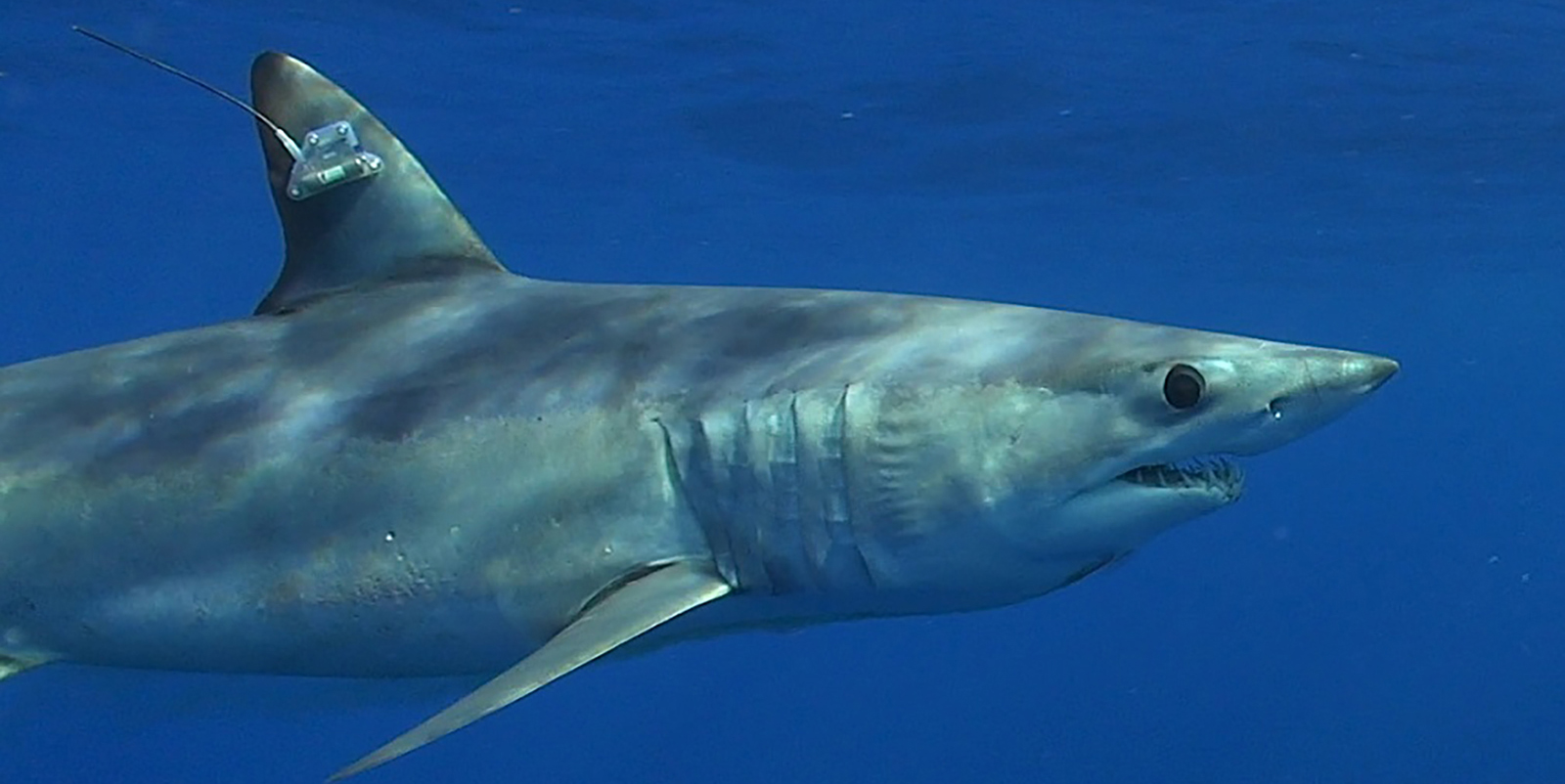Scientists Fight Tree-Killing Beetle with Beetle-Killing Wasps
September 23, 2020
When the invasive emerald ash borer, a beetle native to Asia, was found in Rhode Island in 2018, it was a sign that most of the state’s mature ash trees were likely to die soon. Now a team of entomologists from the University of Rhode Island is fighting the invader with predatory wasps from its native land in hopes that the region’s next generation of ash trees will survive.
Lisa Tewksbury, director of the URI Biocontrol Laboratory, and her students have been on the lookout for the emerald ash borer for more than a decade, soon after it was first discovered in the United States in Michigan. Now that they know it’s here, they are deploying three species of parasitic wasp from Asia that lay their eggs in the beetle’s eggs or larvae. When the wasp eggs hatch, the wasp larvae consume the beetle eggs and larvae from the inside.
“The beetle doesn’t have any natural enemies in the U.S., so we’re reuniting it with its natural enemies from back where it came from,” Tewksbury said. “We’re using one organism to control another.”
The parasitic wasps — they don’t have common names, but their Latin names are Oobius agrili, Tetrastichus planipennisi, and Spathius galinae — have been extensively tested to ensure that they will only prey upon emerald ash borers. They are being raised at a federal laboratory in Michigan and shipped to Rhode Island as pupae that are about to become adult wasps inside blocks of ash wood, which the URI team delivers to areas where the beetle has previously been found. Once there, the wasps will emerge and lay eggs in beetle larvae in the ash trees nearby.
Tewksbury has a permit from the U.S. Department of Agriculture to release the wasps in targeted locations.
Ash trees make up just 2 percent of forests in Rhode Island, but they are found extensively in parks and along streets throughout the state.
“The emerald ash borer isn’t a huge concern for our forests,” Tewksbury said. “But it will be a concern to people who have ash trees in their yards and on their streets. There are a lot of them in Newport and Providence.”
Last year, Tewksbury released the three parasitic wasps in Hopkinton, near where the beetles were first discovered, and this year they are being released in five additional locations in Burrillville and Cumberland. The last round of releases for this year are taking place this month, and ongoing statewide surveillance for the beetle will indicate where additional wasp releases may take place next year.
Next year will also be the beginning of an effort to determine if the wasps have become established and are doing their job. Tewksbury will peel back the bark of dead and dying ash trees to see if she can find evidence of dead beetle larvae.
“We are resigned to the fact that we’re going to lose most of our larger ash trees, but by doing this biological control effort we’re hoping the wasps can protect the smaller trees so we’ll have some ash left in the future,” Tewksbury said.
Targeted biocontrol efforts such as this are often the most cost-effective and least damaging way of fighting invasive insects, according to Tewksbury. Her lab is involved in testing another predatory wasp for possible future deployment against what she expects will be the state’s next harmful pest, the spotted lanternfly, another tree-killing invasive species from Asia that is expected to arrive in Rhode Island in two or three years.




Properties owned by the Burrillville Land Trust have been the home of tests by the University of Rhode Island and the Rhode Island Department of Environmental Management. We truly hope the wasps do their job.